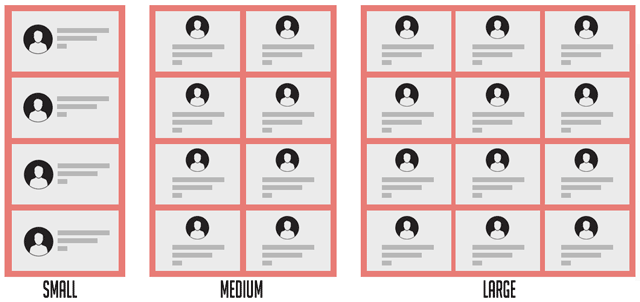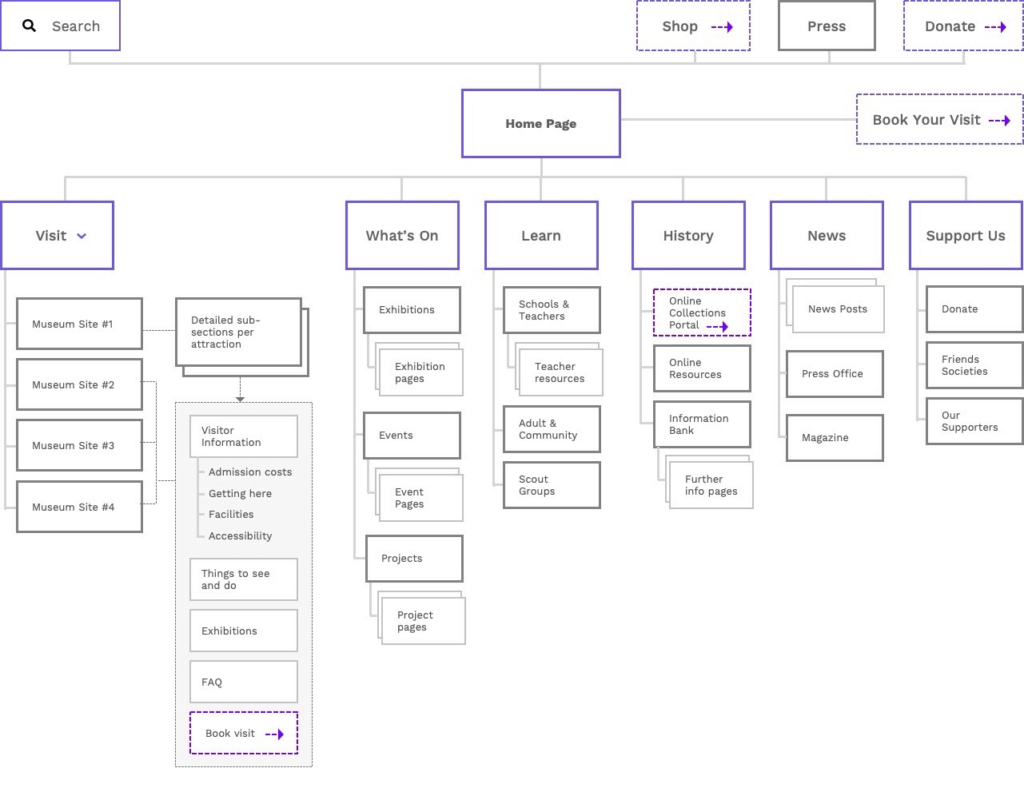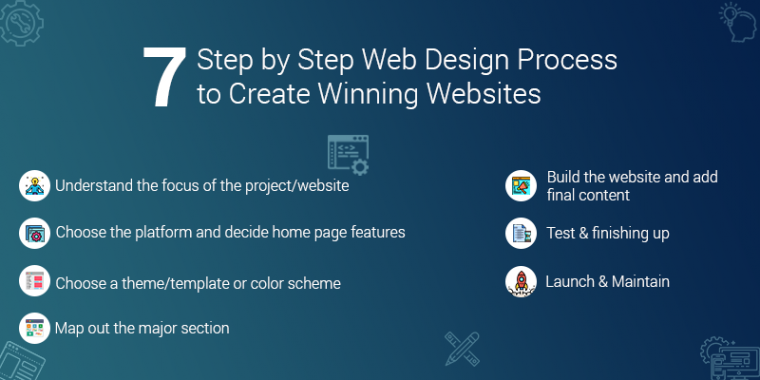
If you're interested in CSS Grid, this tutorial will help you set up cells and areas using code. To create areas, you will need to merge cells into a container using the "grid-template-areas" command. The names of the areas will appear in the cells. You'll need to bracket each line using the # symbols. To make horizontal cells, you'll write "p".
Grid lines explicit
The syntax of the Explicit grid lines is not as difficult to understand as that of the implicit grid. The implicit grid has a width of 200 pixels and a height of 60 pixels, regardless the container size. You can make it more flexible with the minmax() function. This will allow you to place as many items as you like within the same grid. For more complex grids, you can also use the fit-content() function.
Explicit grid tracks
Explicit grid tracks can be described as the equivalent to columns and rows in a table. The explicit grid is the first row, while the implicit grids are the second and third. Implicit tracks will have dotted horizontal gridlines. Grid Inspector's green arrows point to the ends for explicit tracks. This makes it easy for you to recognize the spaces between columns & rows and how to best use them. The next CSS grid tutorial will cover implicit grids.

Explicit grid columns
You can use CSS to define the columns of your explicit and implicit grids, as well as row-groups, in your layout. Explicit grids behave exactly like implicit ones but can be used for more complicated layouts. Implicit grids also take into account the writing mode. This means that in languages that use right-to-left writing, the first column line will be on the left. Other options include defining row-groups properties for your layout.
Explicit grid rows
Explicit grids will be the default but you might need to use explicit place. Explicit grids are created by giving a track a size. This tutorial will explain implicit grids, explicit tracks and repeat notation. Continue reading to learn how you can use them in your own CSS. Let's first discuss the differences between implicit and explicit grids.
Explicit grid-column-gap
CSS has row and columns gap properties that define the distance between columns in a grid layout. They are automatically sized by default. However, you can adjust the gap size using the row-gap or column-gap property. You should choose a value that is not negative when you define these properties. This is an example of the column-gap property.
Explicit grid row gap
An explicit grid row gap lets you specify the height for a column or row using CSS. The grid's edges are indistinct from the row and column gaps. These properties can be set to a value of pixels using the property 'explicit'. You can set a percentage or a custom value to these properties. 60px is the default value. For a more sophisticated solution, try a grid-auto-rows property.

Explicit grid track names
This CSS grid tutorial shows you how explicit grid track names can be created. The names of the grid lines will be visible in code. You can also include them into the track listing. Repeat notation allows you to accomplish this. You can use col-a/b-start to add more lines to the track listing. Both can be used to select one line.
FAQ
What is the cost of building a website?
The answer to this question depends on what you want to accomplish with your website. Google Sites may not be required if you simply want to provide information about yourself or your company.
But if your goal is to attract visitors to a website, it's likely that you'll need to invest in something more robust.
A Content Management System (like WordPress), is the most popular option. These programs allow you to create a website without knowing anything about programming. The sites are hosted by third-party businesses, so there is no risk of your site being hacked.
Squarespace, a web design service, is another option. The plans range from $5 per month up to $100 per month depending on what content you want to put on your site.
What is the best platform for creating a website design?
The best platform for designing a website is WordPress. It offers all the features that you need to build a professional-looking website.
It is easy to customize and install themes. You can choose from thousands of free themes available online.
Plugins are another way to add functionality. They can do everything, from adding social buttons to creating contact pages to adding forms.
WordPress is easy to use. You don't have to know HTML code to change your theme files. Simply click on an icon, and then select what you want.
Although there are many platforms out there, I prefer WordPress. It's been around since the beginning and is still being used by millions of people worldwide.
How much do web developers make?
Working on a website yourself will likely earn you between $60 and $80 an hour. Independent contractors are a better option if your goal is to charge more. The hourly rate could be anywhere from $150 to $200
Can I build my website using HTML & CSS?
Yes, you can! It's possible! You need to have basic knowledge in web design and programming languages, such as HTML (Hyper Text Markup Language), CSS and Cascading Style sheets (Cascading CSS Sheets). These two languages make it possible to create websites accessible by all who have an internet connection.
Is web design difficult?
Although web development isn't easy, there are many resources online that will help you get started.
All you have to do is find the right tools and then follow them step-by-step.
Many tutorials are available on YouTube and other platforms. There are also free online programs like Sublime Text and Notepad++.
There are also lots of books available in bookstores and libraries. Some of the most sought-after books are:
O'Reilly Media, "Head First HTML and CSS"
"Head First PHP & MySQL 5th Edition" by O'Reilly Media
Packt Publishing, "PHP Programming For Absolute Beginners",
I hope this article helped you.
Statistics
- It enables you to sell your music directly on your website and keep 100% of the profits. (wix.com)
- In fact, according to Color Matters, a signature color can boost brand recognition by 80%. There's a lot of psychology behind people's perception of color, so it's important to understand how it's used with your industry. (websitebuilderexpert.com)
- It's estimated that in 2022, over 2.14 billion people will purchase goods and services online. (wix.com)
- When choosing your website color scheme, a general rule is to limit yourself to three shades: one primary color (60% of the mix), one secondary color (30%), and one accent color (10%). (wix.com)
- The average website user will read about 20% of the text on any given page, so it's crucial to entice them with an appropriate vibe. (websitebuilderexpert.com)
External Links
How To
Drupal 7 Web Design: How to use it
Drupal is one the most widely used Content Management Systems (CMSs) today. It was developed back in 2003 by Dries Buytaert from Belgium. The name of the site is derived by Dirk Buijtewaard's surname and Pierre d'Herbemont's surname. Drupal was made open-source in 2005. Since then, many versions have been released. Drupal is used by numerous websites and companies all over the world today.
There are several reasons why Drupal is so popular among website owners. Drupal is free to download, and easy to install. Second, it is easy to customize and extend. It is also very well documented. It also provides excellent support via forums and IRC channels. Fifth, it is extensible via modules. Sixth, it supports multiple languages. It is easy customizable. Eighth, it's scalable. It is safe. Tenth, reliable. Finally, it is supported by the community. Drupal is an excellent choice for your next development project.
You might be asking yourself what makes Drupal so different from other CMS systems. The answer is simple. Drupal is an Open-Source Content Management System. Drupal is completely free and can be downloaded freely. Drupal gives you complete control of your website. You can edit your website, add pages or delete them, and change the colors, fonts, images and videos.
If you want to create a website but lack technical skills, then you can choose Drupal. Drupal, unlike other CMS, doesn't require you to know programming to build your website. Learn how Drupal works. This will allow you to customize your website as per your requirements.
Drupal's many pre-built themes, and plugins are another benefit. These plugins can be used to improve your site's functionality. You can use the Contact Form module, for example, to collect visitor contact information. Google Maps allows you to display maps on a website. Drupal comes with thousands of pre-made templates. These templates give your website a professionally designed look.
Drupal's flexibility makes it extremely flexible. Drupal can be used to create new modules or to replace existing ones. You can do it quickly if you want to integrate social media into your website. You can also set-up RSS feeds, email subscriptions, etc.
Drupal is extremely customizable. You can add custom fields and forms, manage users, and more. Drupal is capable of creating complex layouts.
Drupal is also reliable and sturdy. It is reliable, stable, and can be scaled. It has excellent security features. Drupal is a great web development platform.